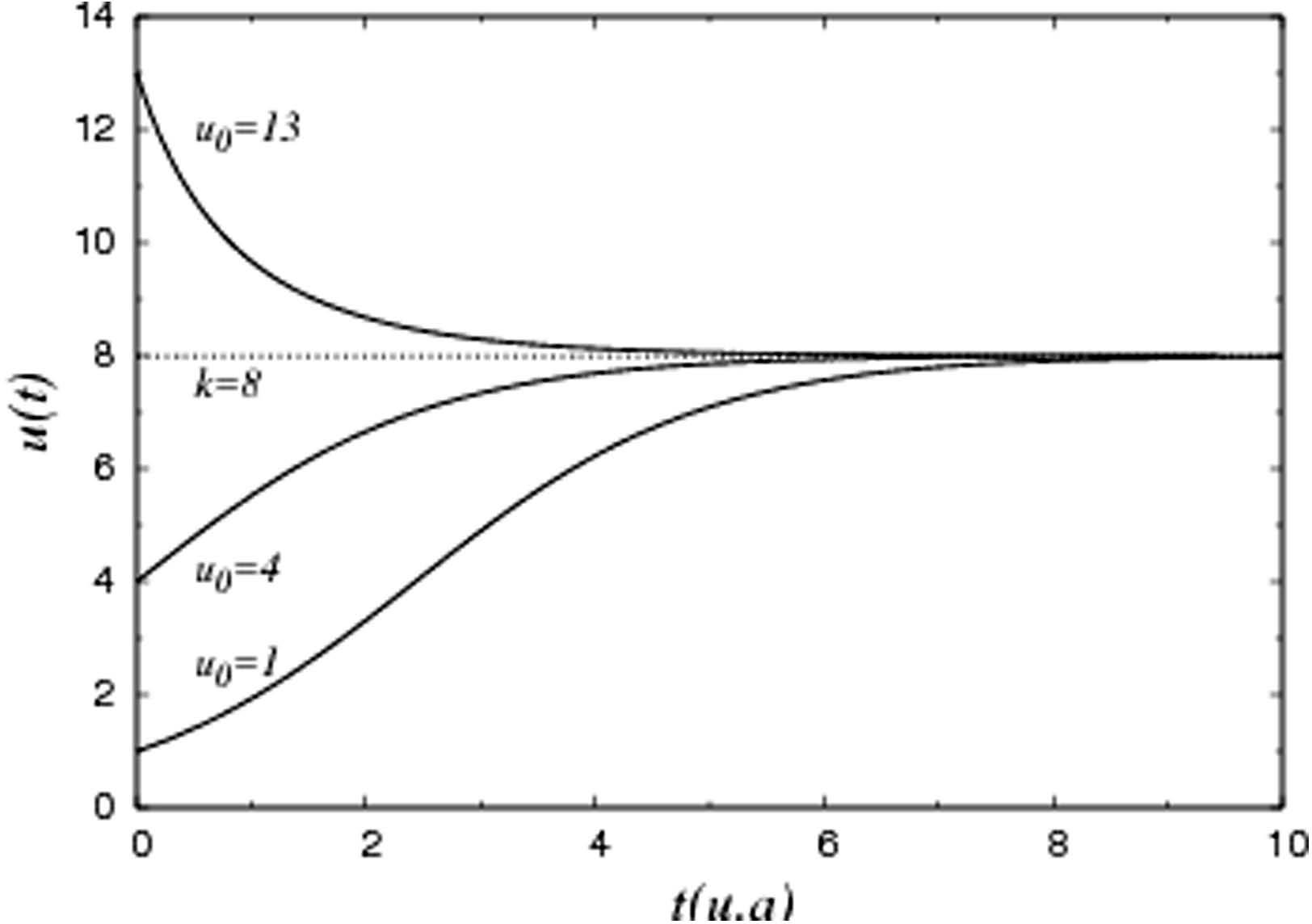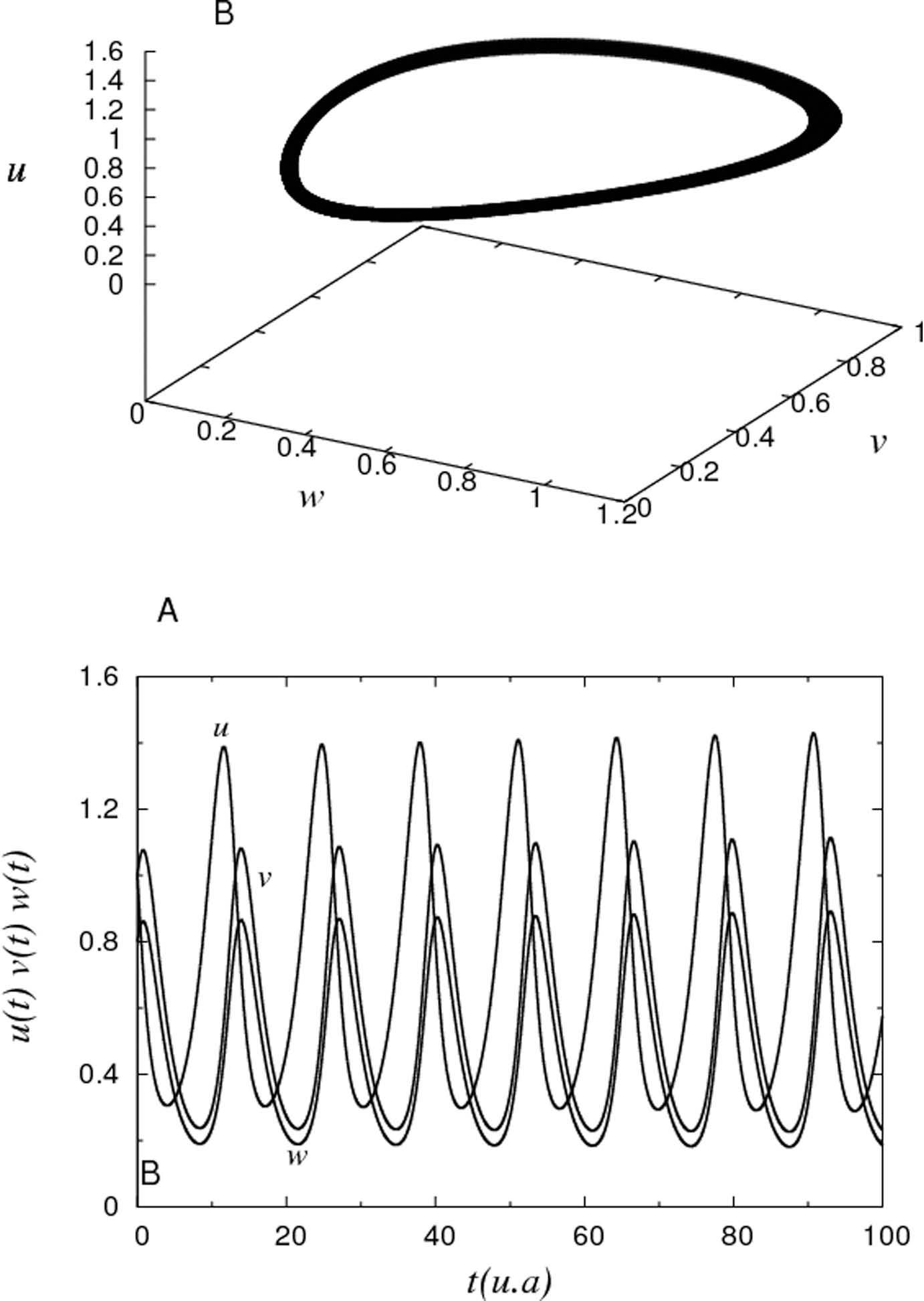In this paper we present and discuss a brief overview chronological for the population dynamics, observing the point of view of the authors, as well as the evolution of the main mathematical models and its historical importance. Focusing on temporal and spatial prediction of the variation in the number of individuals in a population, we analyze how to mathematically model the physical processes such as growth, interaction, dissemination and flow of a collective of individuals. We start from the well-known model of Fibonacci and discussed how models who succeeded him, namely the Malthusian model, Lotka-Volterra and Fisher-Kolmogorov were able to expand the understanding of the behavior of a population. Here, in this winding timeline as the interactions between species and between species can be explained and modeled. We show how the process of extinguishing a predatory species works, the diffusion phenomenon of a collective because the most diverse space requirements, migration and invasions of territories by means of convective momentum in dynamic models of a population as well as non-locality in interactions and growth greatly expand our understanding of the patterns in nature.
Keywords:
Diffusion; interactions; population dynamics; pattern formation








